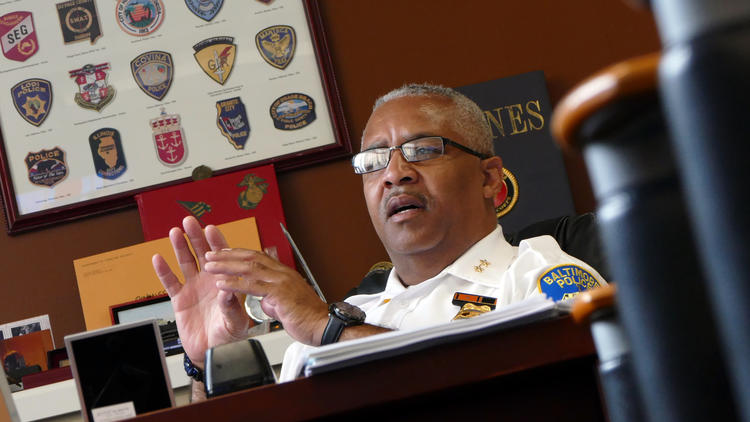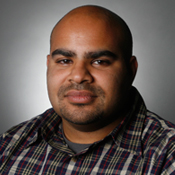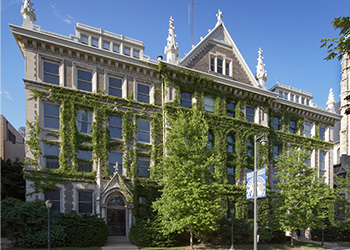
Justin George

Justin George’s O’Brien Fellowship in 2015-16 yielded a series, “Shoot to Kill,” that found a trend driving gun violence around the country: Increasingly, people are shooting to kill.
Criminals are stockpiling higher-caliber guns, many with extended magazines that hold more than 20 bullets. Police and hospitals are seeing a growing number of victims who have been shot in the head or shot repeatedly. And trauma doctors are finding it more difficult to save gunshot victims.
George traveled to five cities to research gun violence; analyzed crime data from cities across the U.S.; reviewed dozens of studies on violent crime, trauma and guns; and interviewed more than 80 people.
Four Marquette students – Wyatt Massey, Hannah H. Kirby, Natalie Wickman and Matthew Kulling – served as research assistants.
The series won honors from the National Association of Black Journalists; the Online News Association; the John Jay College and Harry Frank Guggenheim Awards; and the Association of Health Care Journalists.
Works published to date:
September 2016
Shoot to Kill (Part I): Why Baltimore is one of the most lethal cities in the U.S.
Quinzell Covington's evolution into a killer encapsulates a trend driving gun violence around the country: Increasingly, people are shooting to kill. Criminals are stockpiling higher-caliber guns, many with extended magazines that hold more than 20 bullets. Police and hospitals are seeing a growing number of victims who have been shot in the head or shot repeatedly. And trauma doctors are finding it more difficult to save gunshot victims. In many places, if you get shot, you are more likely to die than ever before.
October 2016
Shoot to Kill (Part II): Some Baltimore neighborhoods condemned to endure a shocking degree of violence
The odds for gunshot victims got worse in at least 10 of the nation's largest cities last year — an overlooked trend behind a surge in shootings and homicides in urban areas around the country, The Sun found. The violence is often confined to certain impoverished areas, such as southeast Washington, D.C., Chicago's south side and the north side in Milwaukee.
Shoot to Kill (Part III): Baltimore emergency rooms struggle to care for severely wounded patients
Emergency rooms are struggling to save gunshot victims arriving in worse shape than ever before, with more bullet wounds, increasingly shot in the head. Even as advancements in trauma care have saved countless lives, victims of gun violence have seen their chances of survival drop, exacting a toll on victims’ families, medical personnel and taxpayers.
Shoot to Kill: A Baltimore Sun Investigation (presented by the Los Angeles Times)


